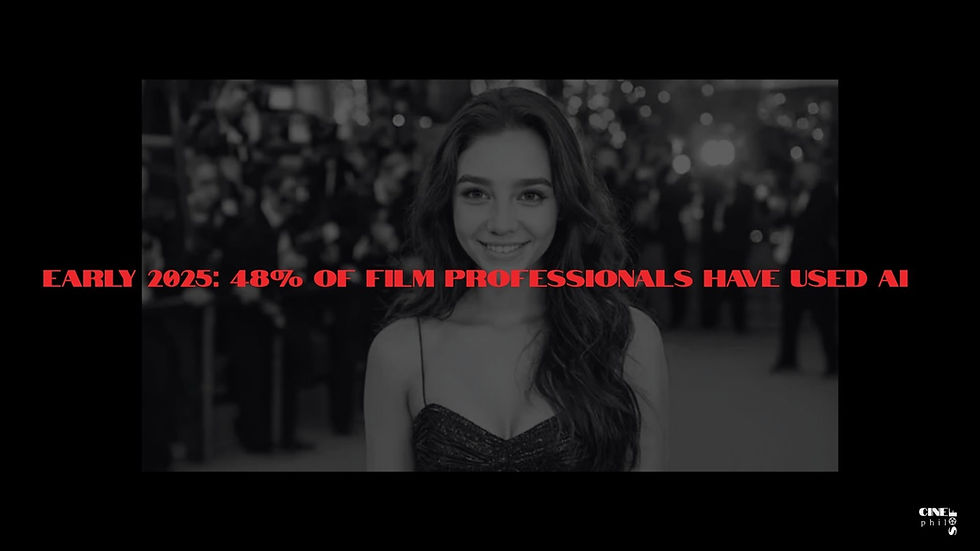Chronicles of Chaos and Cultural Crossroads: Freddie Mercury Meets Adoniran Barbosa
- Sofia R. Willcox

- Aug 7, 2024
- 3 min read
Updated: Sep 13, 2024
To add the icing to the current British chaos, with the extreme right-wing riots—I mean cake. Let’s talk about its top, as Farrokh Bulsara, or as most know him, Freddie Mercury. How does he differ from Adoniran Barbosa, a second-generation Italian immigrant in Brazil. Let’s delve into this diverse cultural pot and savour the cultural melting pot.
Despite the obvious cultural differences due to their geographical and generational gaps, both hold significant importance in their home countries. Furthermore, these distinctions highlight the unique contributions each has made to their respective cultures. Mercury’s true identity remains somewhat blurred, obscured by British narratives.
If he were alive today, Adoniran Barbosa (born João Rubinato) would be 114. He was the child of Italian immigrants from Veneto and the grandson of former field workers from Tietê. After Brazil abolished slavery in 1888, farmers actively sought European labour, preferring it over hiring former slaves.
During the latter half of the 19th century, Italy faced a severe employment crisis due to industrialization. As a result, many Italians sought better opportunities abroad. Consequently, they played a crucial role in Brazil's economic development, making significant contributions to agriculture, industry, and commerce. In agriculture, Italians played a key role in boosting São Paulo's coffee production, making Brazil the world’s largest coffee producer.
Adoniran Barbosa took a distinctive approach to samba, incorporating the everyday language of São Paulo’s people into his songs. This contrasted with traditional samba artists, who used formal language and elevated tones to dignify their art and gain social acceptance. For many, refined language was a means to rise above impoverished backgrounds and earn respect, given the limited social mobility and the concept of malandragem (cunning behavior).
Adoniran, however, chose to reflect the authentic speech and lives of ordinary people in São Paulo. His songs captured the local dialect and portrayed diverse characters, such as evicted slum dwellers, shoeshine boys, rebellious women, and lonely men. Through humour, he highlighted their daily struggles and social exclusion, shedding light on the undignified treatment many faced. He also depicted the working class and urban progress, incorporating distinct speech patterns from neighbourhoods like Barra Funda and Brás, where many Italian descendants lived.
Although Freddie Mercury’s origins are often overlooked, he was born in Zanzibar (now Tanzania) and later became a British subject. His parents were Parsi-Indian, from a Zoroastrian community in western India with roots in ancient Iran. They moved to Zanzibar so his father could continue his work as a cashier at the British Colonial Office.
Mercury spent much of his childhood in India, where he began taking piano lessons. By age 12, he had formed a school band called The Hectics, covering rock and roll artists such as Cliff Richard and Little Richard. A bandmate noted his remarkable ability to play on the piano whatever he heard on the radio. Around this time, he changed his name to Freddie and would later gain fame as Freddie Mercury in 1971.
On June 2, 1969, he was registered as a citizen of the United Kingdom and British colonies. In the spring of 1964, Mercury and his family fled Zanzibar for England to escape the violence of the revolution against the Sultan and his predominantly Arab government, which led to the deaths of thousands of ethnic Arabs and Indians.
There are few public records of Freddie Mercury discussing his heritage. One notable example is the inclusion of Persian and Arabic words in “Bohemian Rhapsody” and his collection of Indian artefacts at his London home.
However, it’s important to contextualize his situation. During his meteoric rise, a surge of immigrants from former British colonies occurred, and British politicians, along with many citizens, often viewed this influx as a threat to British culture and society.
It’s important to highlight the major differences between Italians and Parsi-Indians.
Unfortunately, in a world of privilege, society categorizes Italians as white/European Caucasian and widely recognizes and accepts their cultural influences. In contrast, Parsi-Indians are often overlooked and classified as the broad "other." Despite this, the 2021 Census recorded 1,864,318 people of Indian ethnicity in England and Wales. Ironically, England has adopted Indian cuisine, such as curry, into its own culinary tradition, continuing a pattern of cultural appropriation.
The recent riots in Britain, fuelled by hate and xenophobia, underscore ongoing struggles with cultural and ethnic differences. These events, along with issues such as the Paris Olympics' hijab ban and the ongoing Israeli-Palestinian conflict, highlight how historical legacies and cultural dynamics shape contemporary societal tensions. The contrasting experiences of Italians and Parsi-Indians highlight how entrenched prejudices and cultural clashes influence debates over identity and belonging. It’s worth noting, too, the irony of contemporary ‘British’ figures like Dua Lipa, who hails from Albania, and the integration of national dishes such as cod fish from Portugal and curry from India into British cuisine.




Comments